The Burj Khalifa, known as the Burj Dubai prior to its inauguration in 2010, is a skyscraper in Dubai, United Arab Emirates. With a total height of 829.8 m (2,722 ft, or just over half a mile) and a roof height (excluding antenna, but including a 223 m spire) of 828 m (2,717 ft), the Burj Khalifa has been the tallest structure and building in the world since its topping out in 2009.
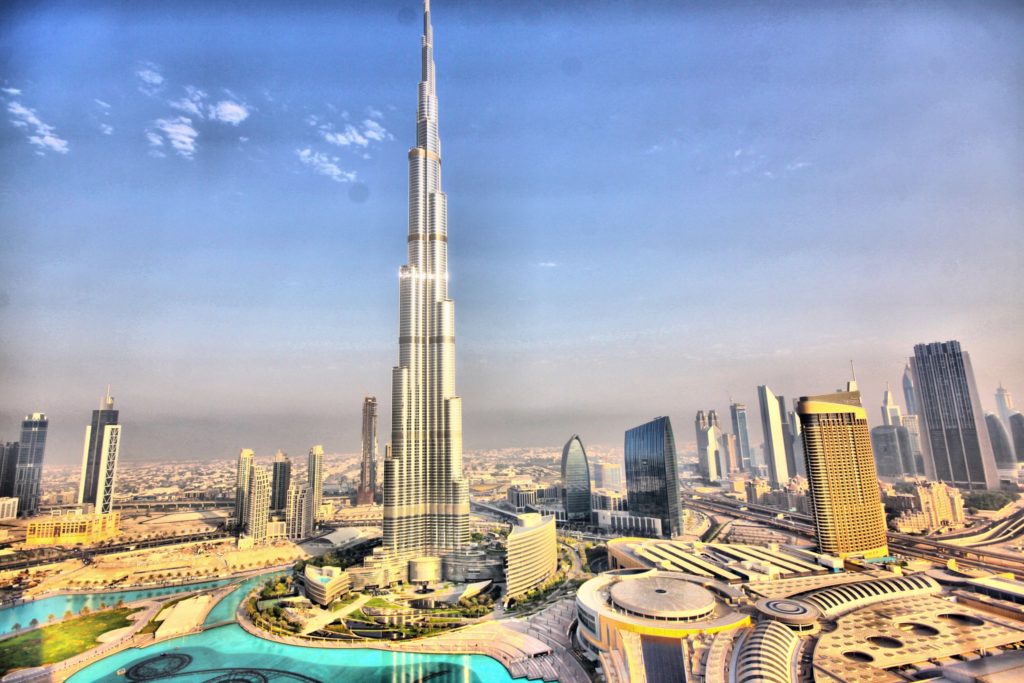
Construction of the Burj Khalifa began in 2004, with the exterior completed five years later in 2009. The primary structure is reinforced concrete and some of the structural steel for the building originated from the Palace of the Republic in East Berlin, the former East German parliament. The building was opened in 2010 as part of a new development called Downtown Dubai. It was designed to be the centerpiece of large-scale, mixed-use development. The decision to construct the building was based on the government’s decision to diversify from an oil-based economy, and for Dubai to gain international recognition. The building is named in honor of the ruler of Abu Dhabi and president of the United Arab Emirates, Khalifa bin Zayed Al Nahyan; Abu Dhabi and the UAE government lent Dubai money to pay its debts. The building broke numerous height records, including its designation as the tallest building in the world.
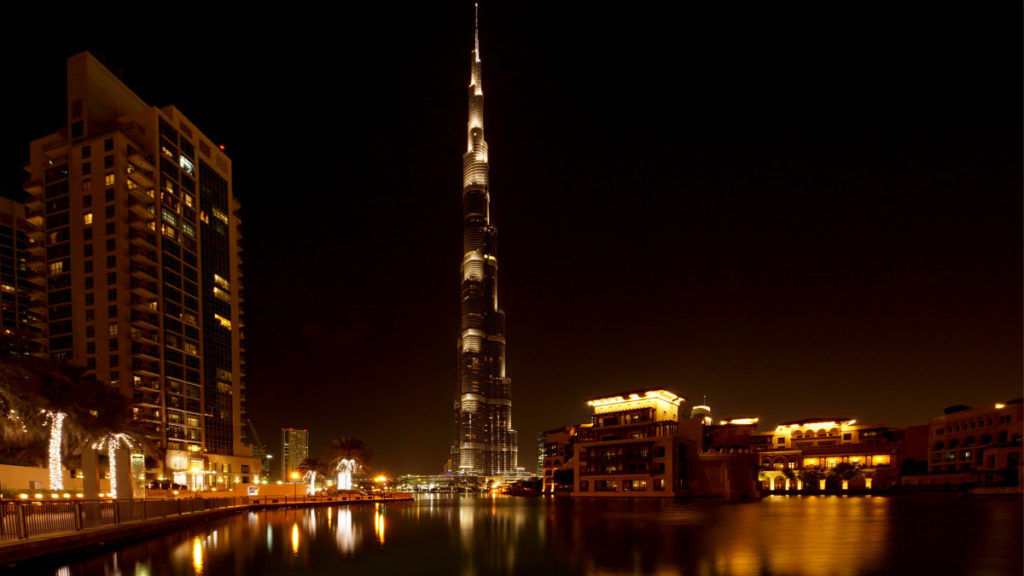
The design is derived from Islamic architecture. As the tower rises from the flat desert base, there are 27 setbacks in a spiral pattern, decreasing the cross section of the tower as it rises and creating convenient outdoor terraces. These setbacks are arranged and aligned in a way that minimizes vibration wind loading from eddy currents and vortices. At the top, the central core emerges and is sculpted to form a finishing spire. At its tallest point, the tower sways a total of 1.5 m.
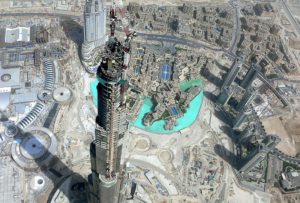
The Y-shaped tripartite floor geometry is designed to optimize residential and hotel space. A buttressed central core and wings are used to support the height of the building. Although this design was derived from Tower Palace III, the Burj Khalifa’s central core houses all vertical transportation with the exception of egress stairs within each of the wings. The structure also features a cladding system which is designed to withstand Dubai’s hot summer temperatures. It contains a total of 57 elevators and 8 escalators.
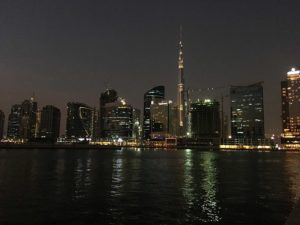
In June 2010, Burj Khalifa was the recipient of the 2010 “Best Tall Building Middle East & Africa” award by the Council on Tall Buildings and Urban Habitat. On 28 September 2010 Burj Khalifa won the award for best project of the year at the Middle East Architect Awards 2010.
According to Wikipedia





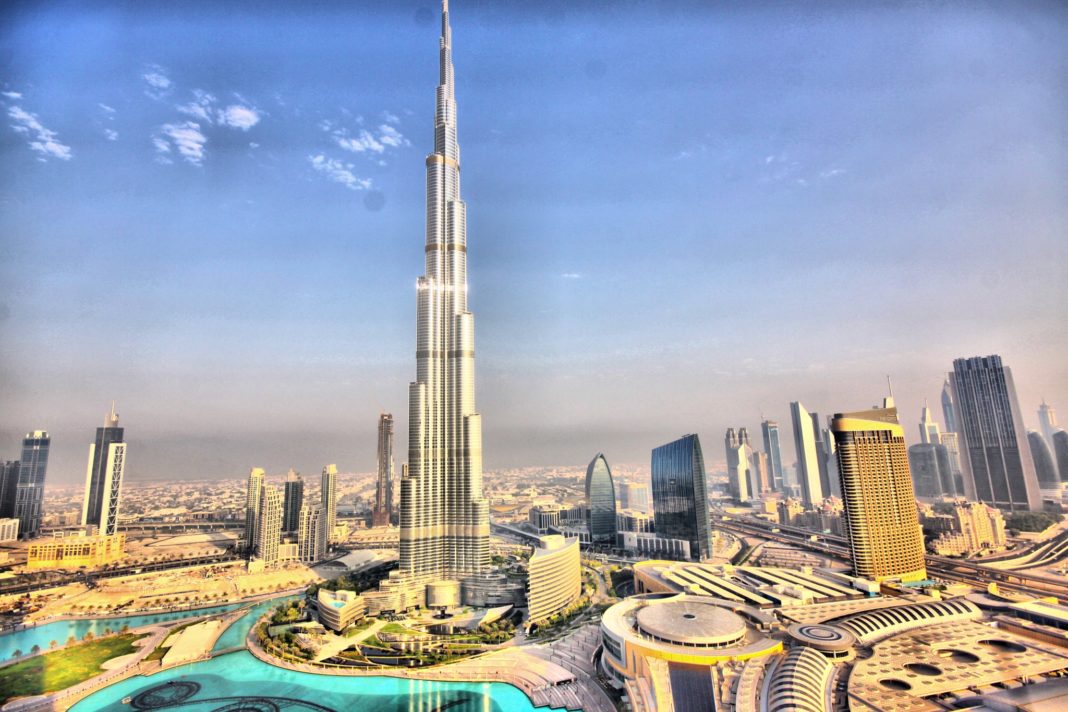


![[HONORARY PROFESSOR OF RECORD FOR PRACTICE AND EMPIRICAL RESULTS – 2024] RECORD HOLDER CHU BAO QUE (BAC GIANG PROVINCE, VIETNAM)](https://worldmark.world/wp-content/uploads/2024/05/z5401509010514_2898fa0bcee3af78744ceb5f3984a5c8-218x150.jpg)






